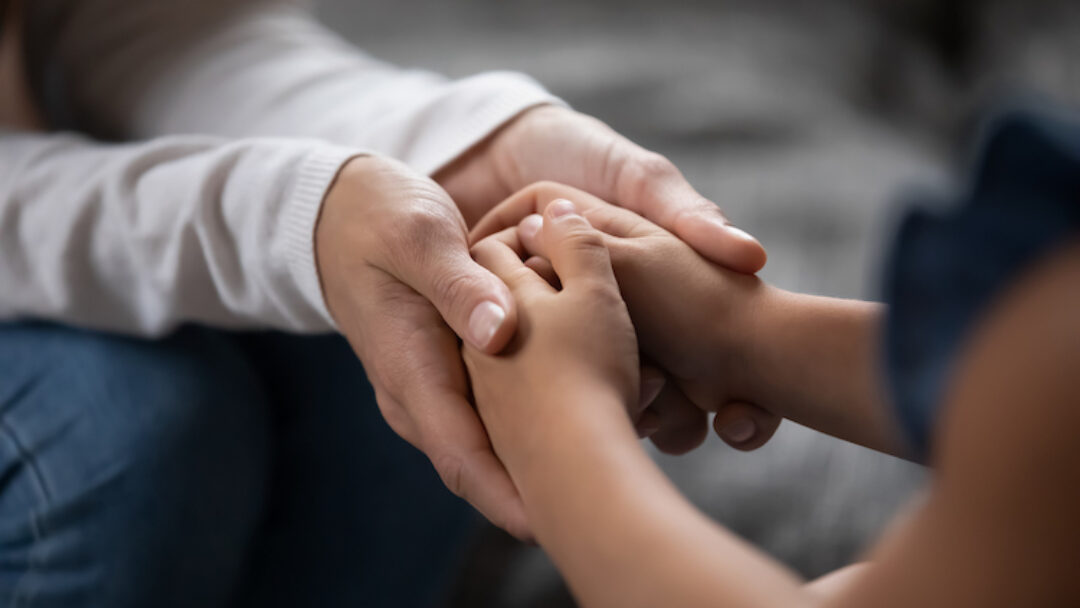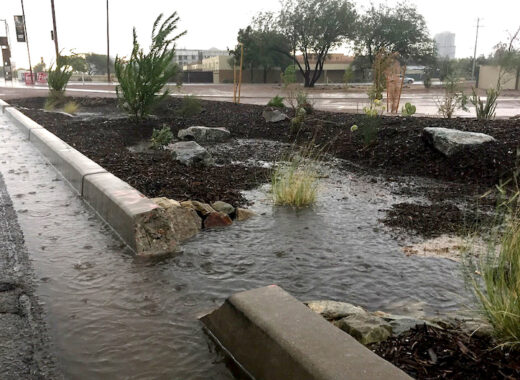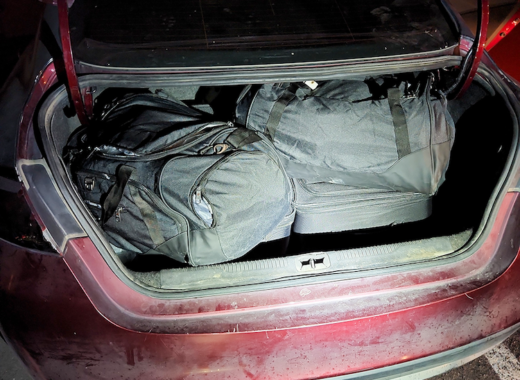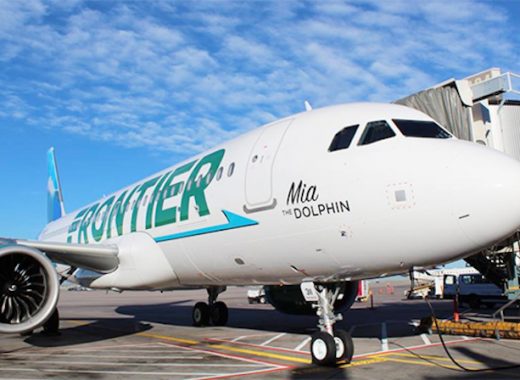The Arizona Department of Child Safety (DCS) has safely reduced the number of children in care to the lowest level in 15 years.
Currently, there are 9,900 children in out-of-home care in Arizona; the lowest level since July 2008. This reflects a 53 percent decrease from a peak of 18,657 kids in 2016. Additionally, there are around 900 young adults aged 18-20 in voluntary extended foster care.
“We are thrilled to announce this milestone,” said DCS Director David Lujan. “Our goal is to keep children safe and to support families in crisis. This achievement is a testament to the hard work and dedication of parents, our staff, kinship and foster caregivers, service providers, and community partners. We are grateful for their commitment to Arizona’s children.”
While there is still more work to do, the transformation of Arizona’s child welfare system has been a long journey. Eight years ago, the Arizona Department of Child Safety was plagued with overwhelming caseloads and a skyrocketing number of children entering care; leading to poor results and delayed service delivery.
This was not best for our children, families, and communities. It was important to implement systemic change that would result in better outcomes.
The turnaround was the result of several initiatives implemented by the Department including expanding prevention services, increasing support for families, and blending good social work practices with quality improvement efforts.
“This achievement is a testament to the hard work and dedication of everyone involved in the transformation of Arizona’s child welfare system,” said Governor Katie Hobbs. “The success of Arizona’s transformation has been recognized nationally, with other states looking to Arizona as a model for reform. Arizona’s achievement is a reminder that with hard work, dedication, and collaboration, positive change is possible.”
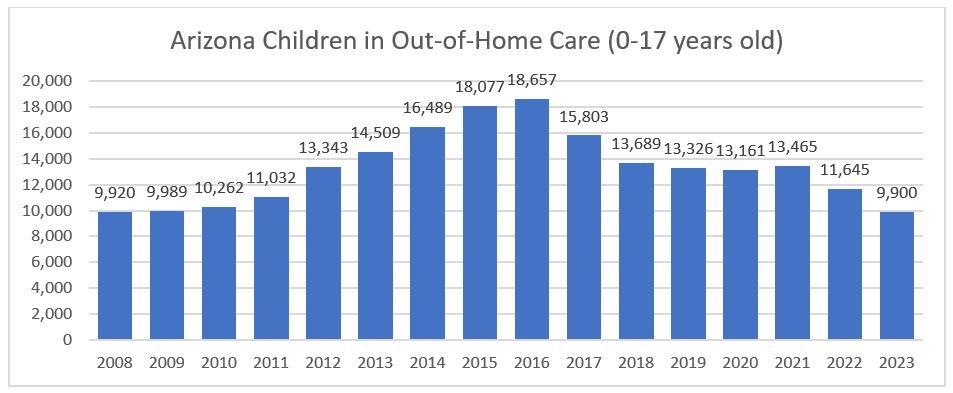
In addition to lowering the number of children in care, other notable DCS improvements during this time include:
- Eliminated the backlog of over 16,000 inactive cases.
- Revised our safety assessment model and policies
- Implemented Court Authorized Removal process which requires our employees to seek a court order before removing a child, except in exigent circumstances.
- Developed and implemented a supervisory coaching program to reinforce the quality of practice.
- Overhauled our IT infrastructure to launch a mobile app that lessened the time our employees spent on onerous paperwork so they could dedicate more time to working with children and families.
- Replaced the 25-year-old data management system.
- Increased the number of young adults who participate in our voluntary extended foster care program.
- Partnered with Grand Canyon University to develop a full-ride scholarship for foster youth.
- Became the first child welfare agency in the nation to integrate behavioral health and physical health with a plan managed by the Department.
“We have worked hard to provide families with the support they need to stay together,” Lujan said. “We are committed to continuing our efforts to keep children safe and to support families in crisis. We know that there is still work to be done, but we are proud of the progress we have made and are excited about the future.”


